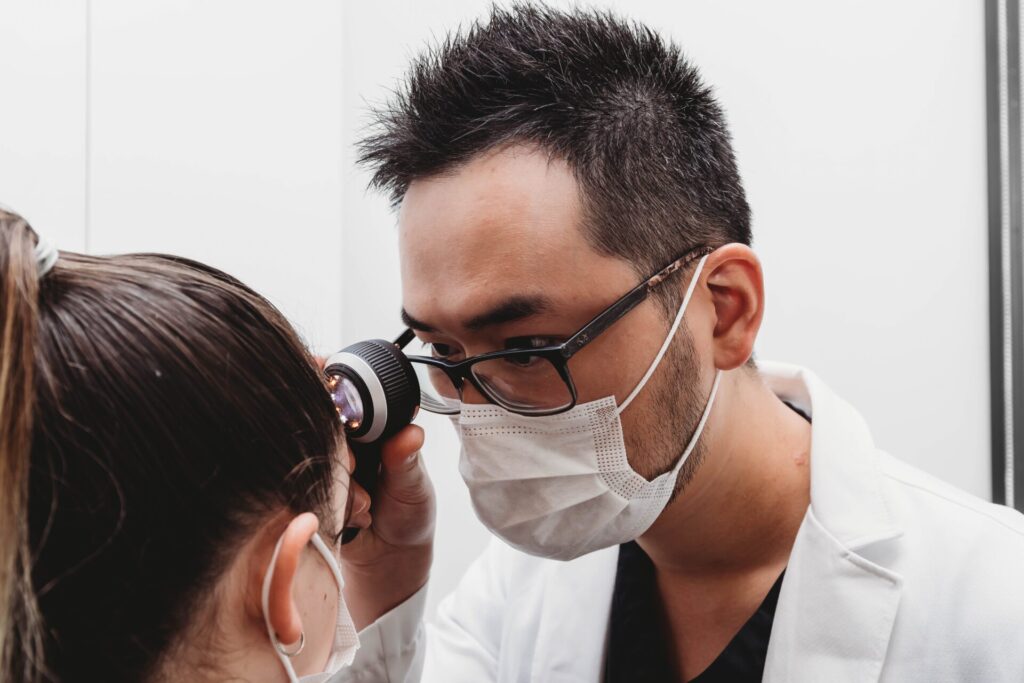Mohs micrographic surgery (MMS) is a specialized type of minimal marginal surgery that offers cure rates superior to other options in the treatment of contiguous skin cancers in selected settings. Developed by Dr. Frederic E. Mohs, the technique originally required in situ tissue fixation before excision. Most Mohs micrographic surgeons now use the fresh tissue technique exclusively. Horizontal frozen histologic sections of the excised tumor permit more complete microscopic examination of the surgical margin than traditional methods. Residual tumor is graphically mapped and malignant extensions are pursued with staged excisions until the tumor is removed. Maximum sparing of tumor-free adjacent tissue is achieved with histologic mapping of the tumor boundaries, thus optimizing subsequent wound reconstruction. The history, techniques, indications, cure rates, and current controversies of MMS are reviewed.

Mohs Micrographic Surgery Fixed-Tissue Technique for Melanoma of the Nose
Mohs micrographic surgery, fixed-tissue technique, for excision of nasal melanoma provides three important benefits: 1) assurance of eradication of the main mass along with its “silent” contiguous outgrowths, 2) safe management of non-contiguous satellites too small to be visible initially, and 3) safe sparing of maximal amounts of surrounding normal tissues. These benefits are achieved because all incisions are through








